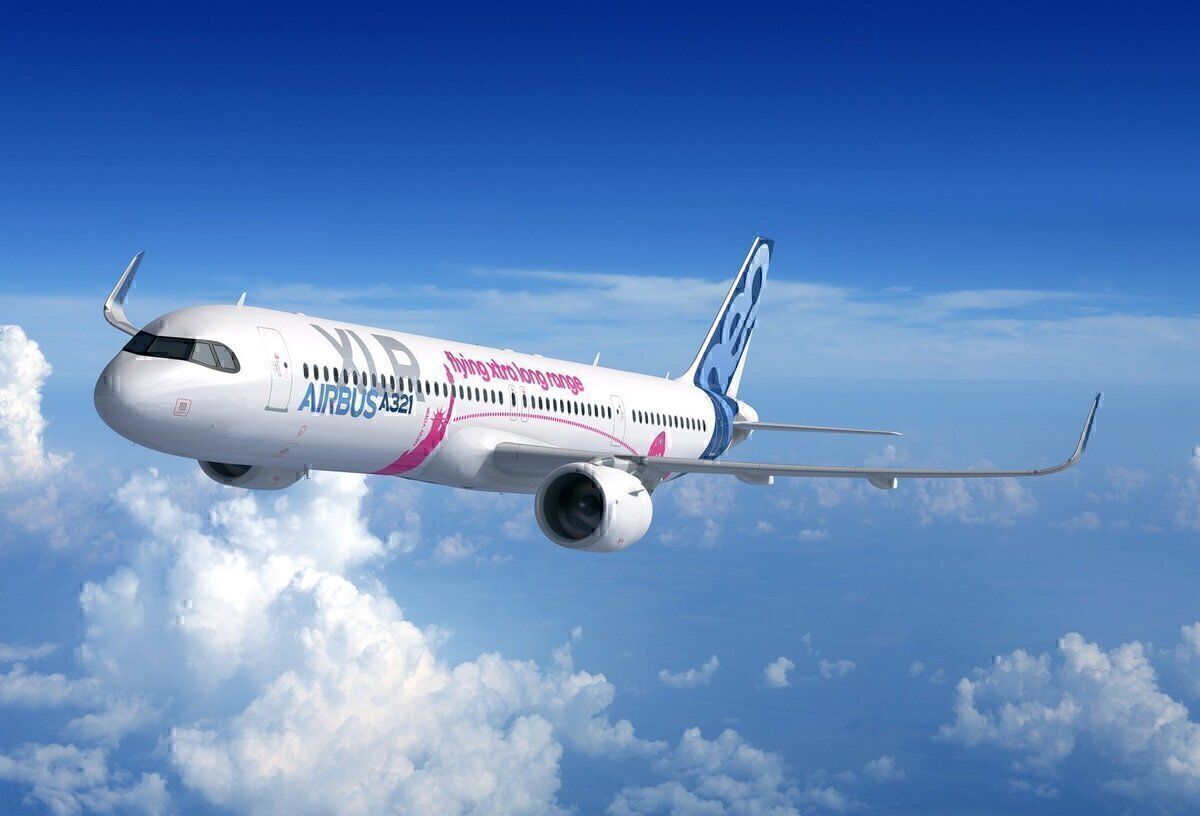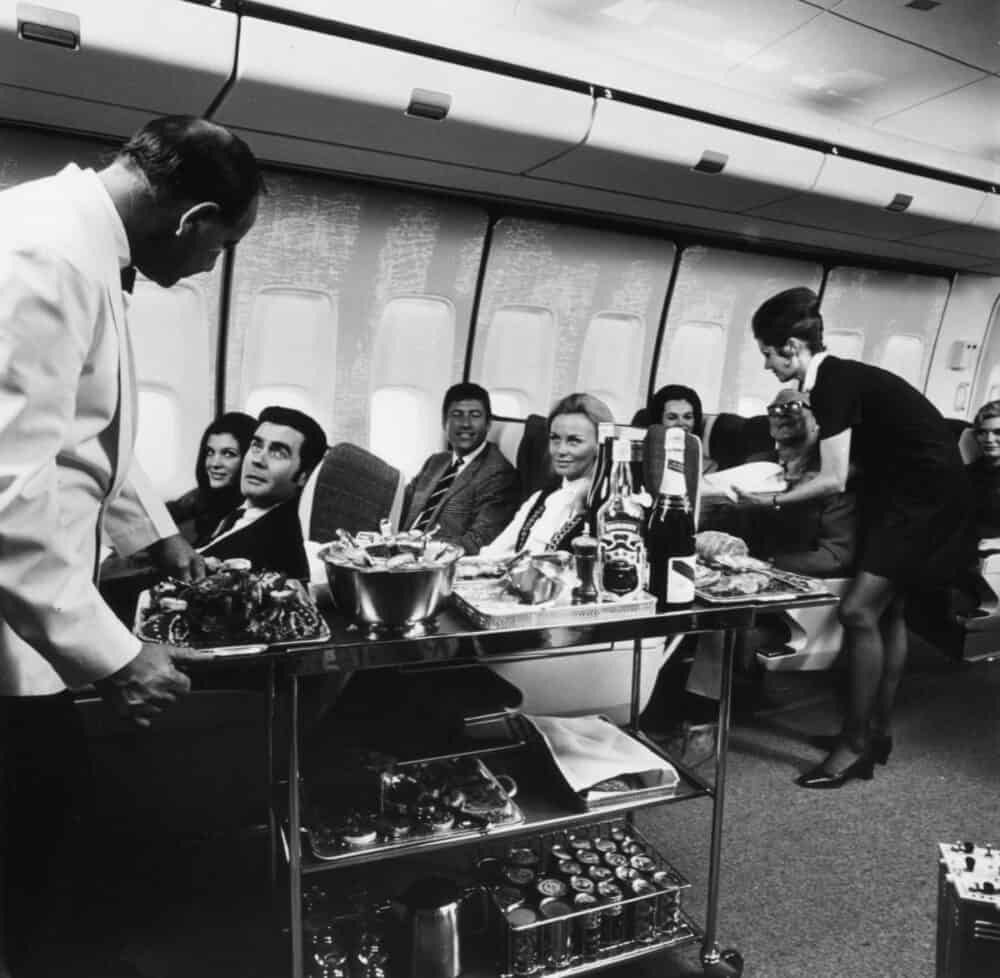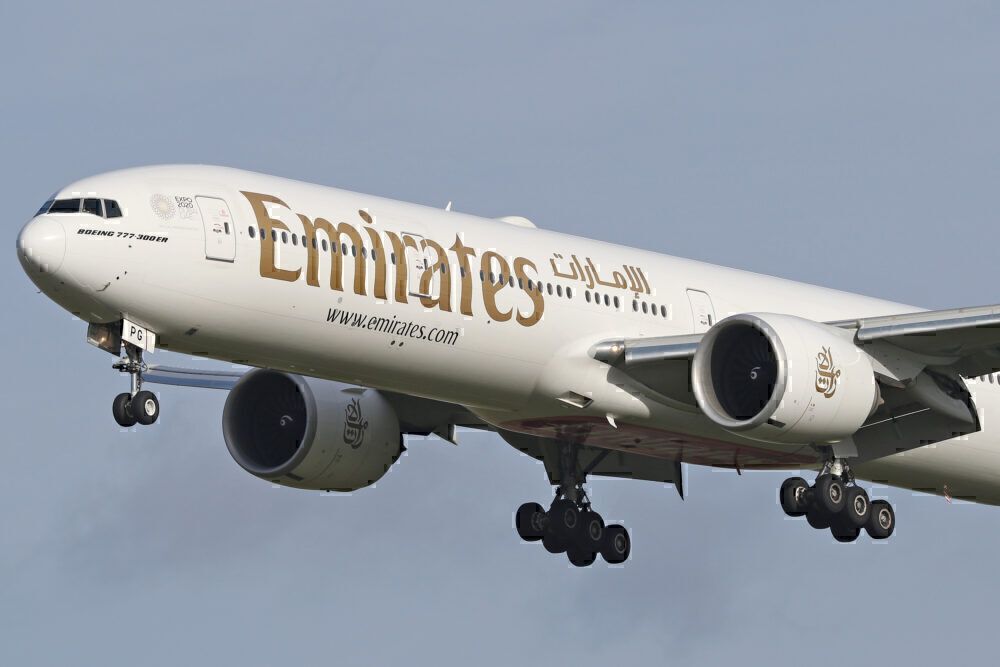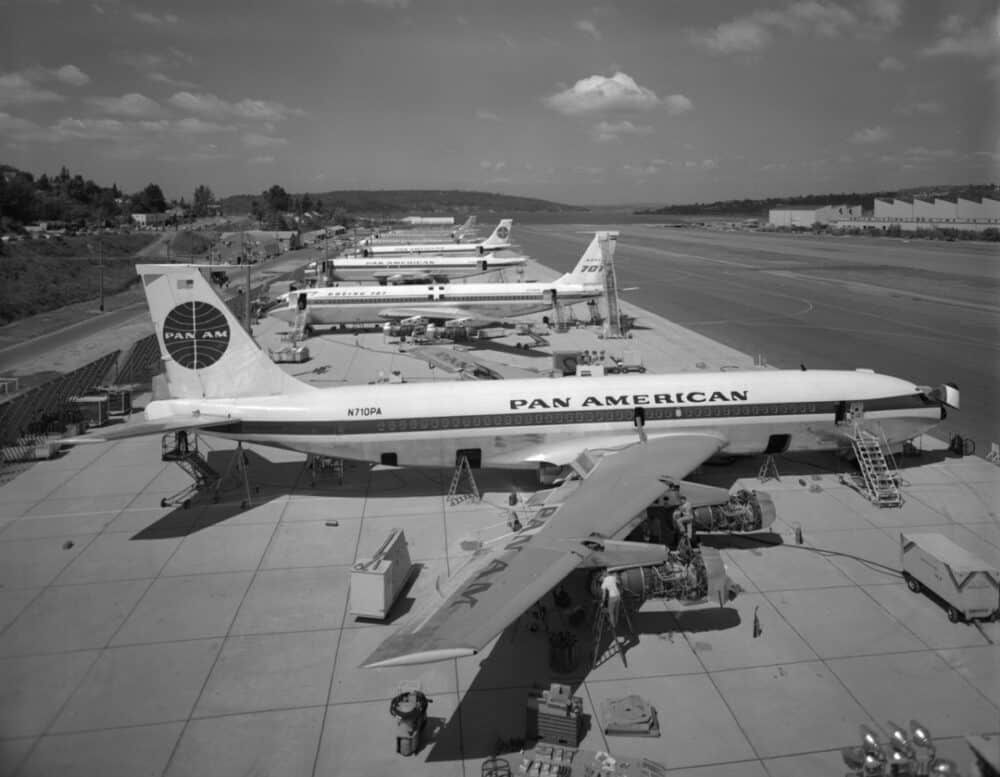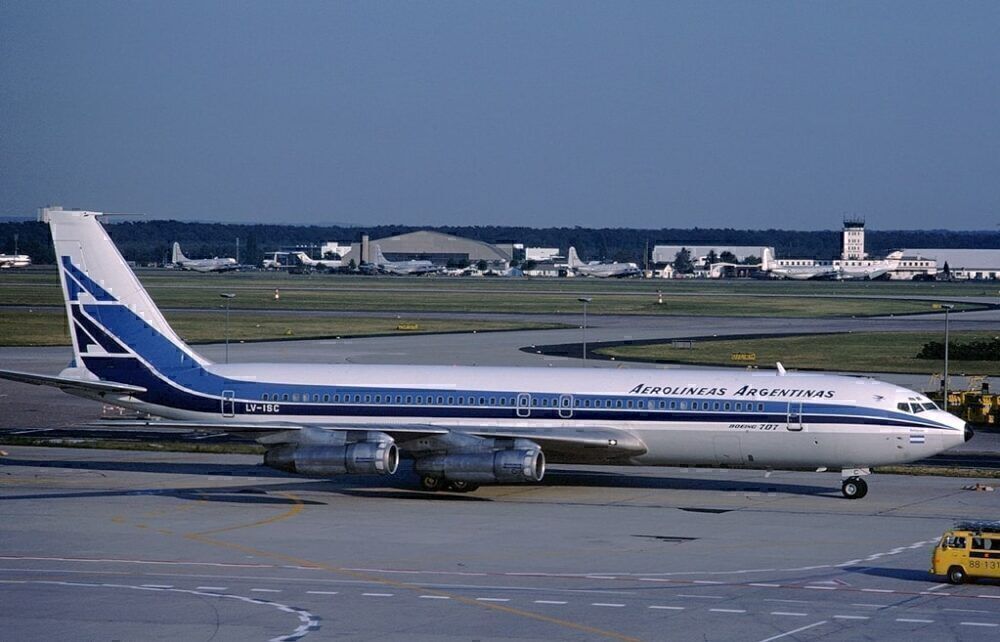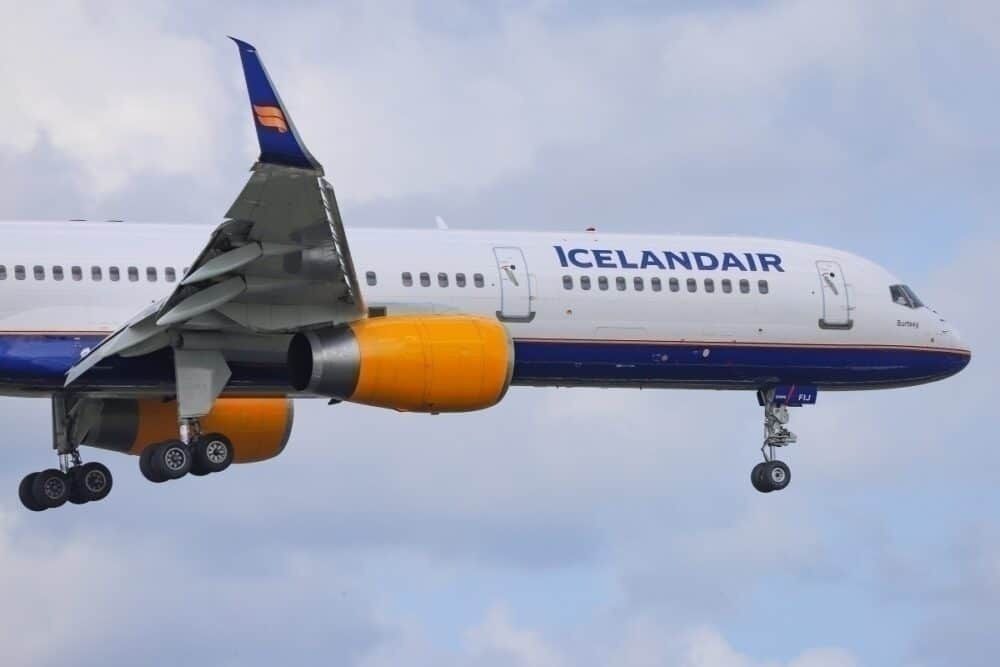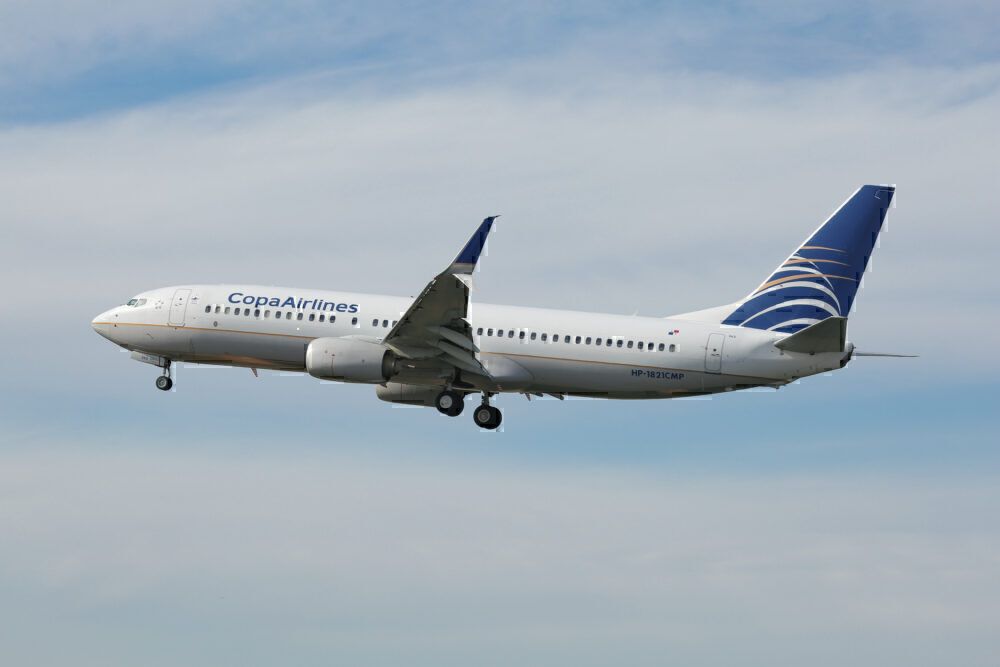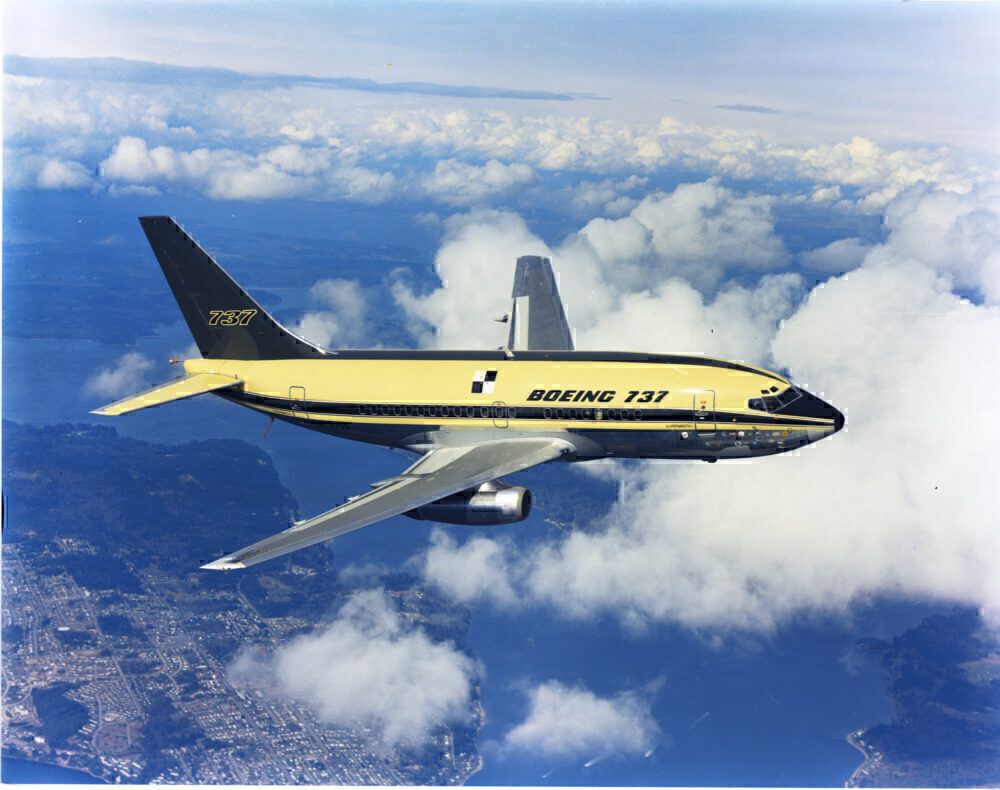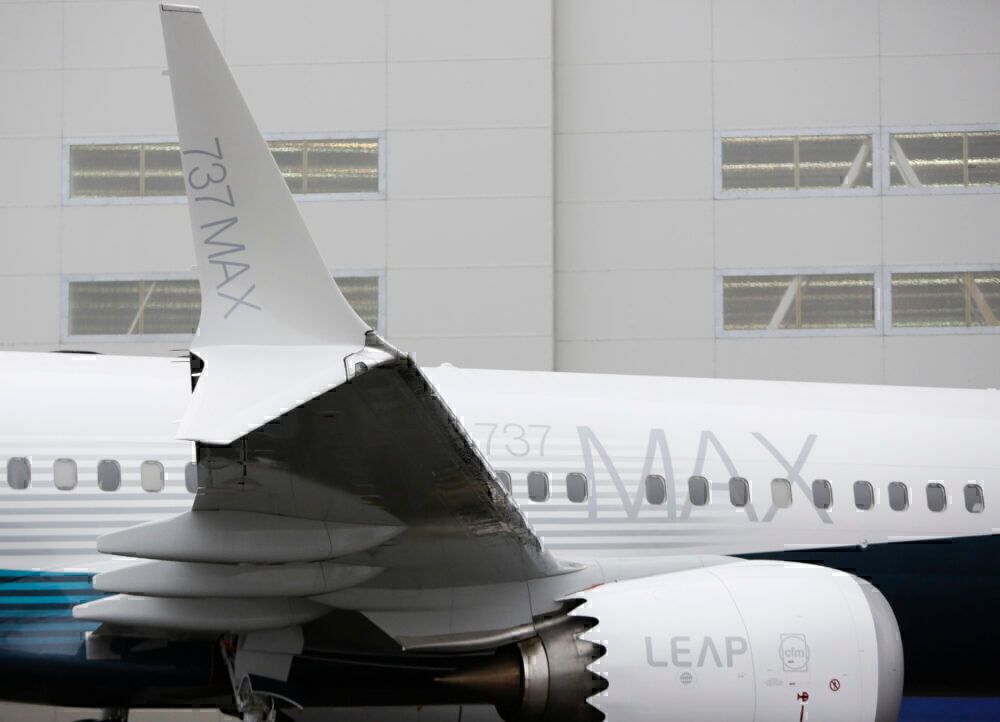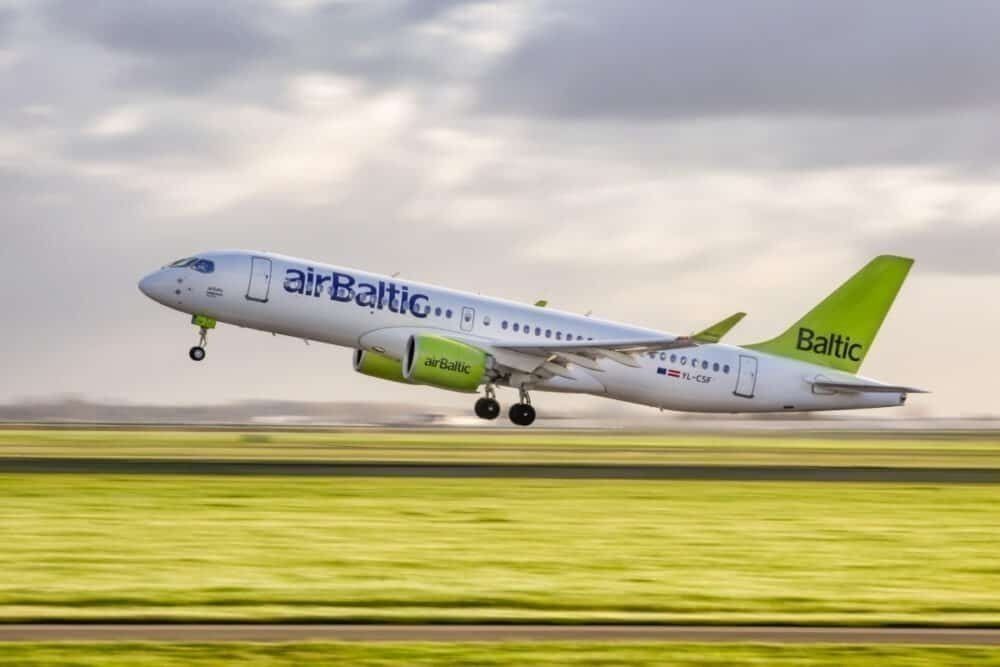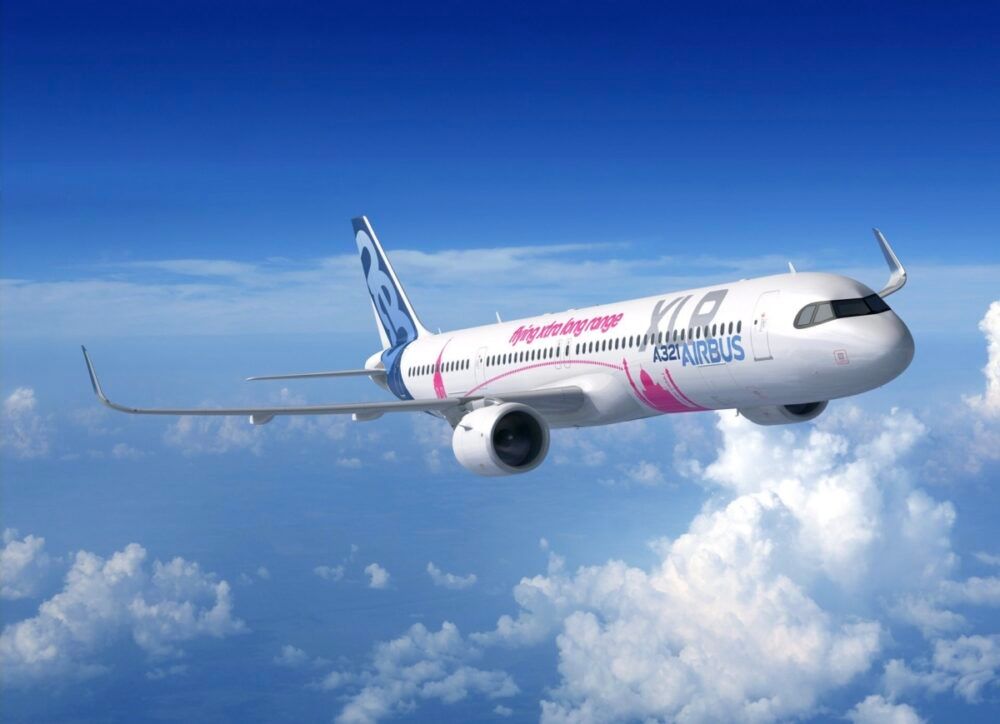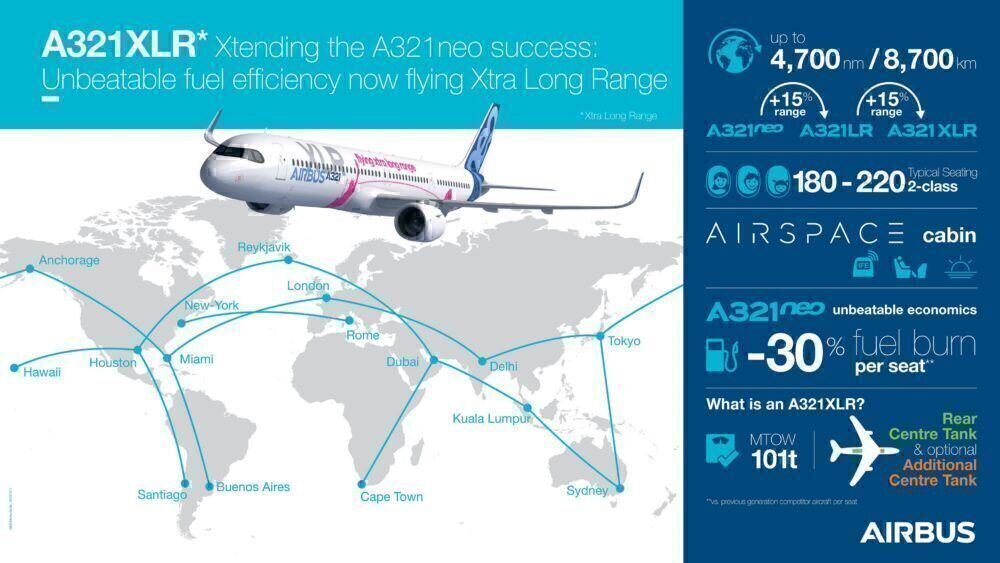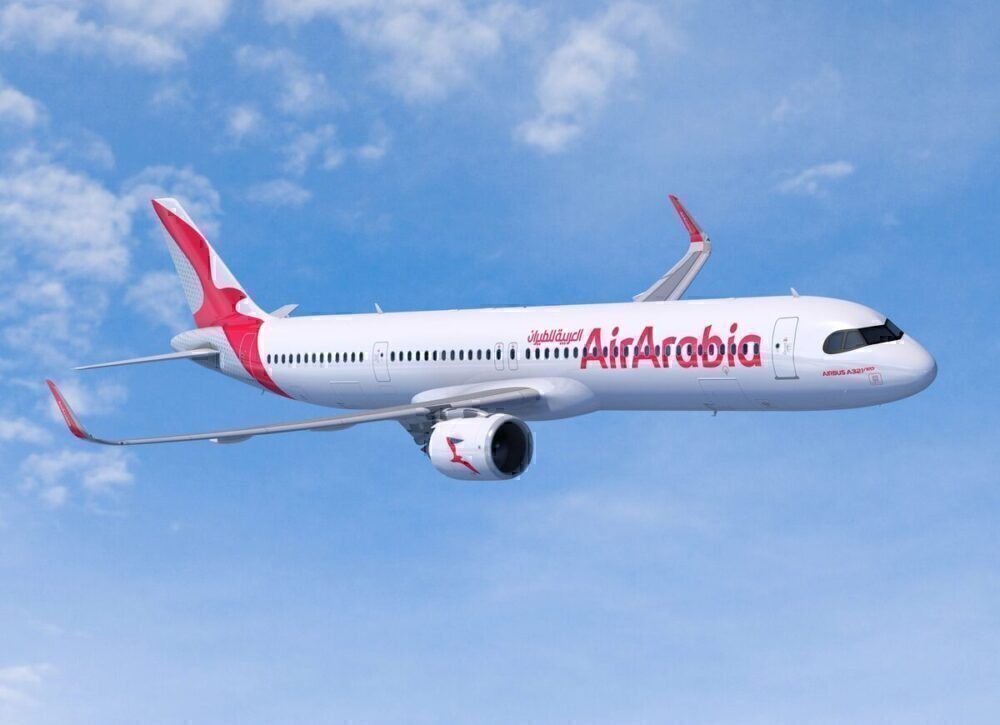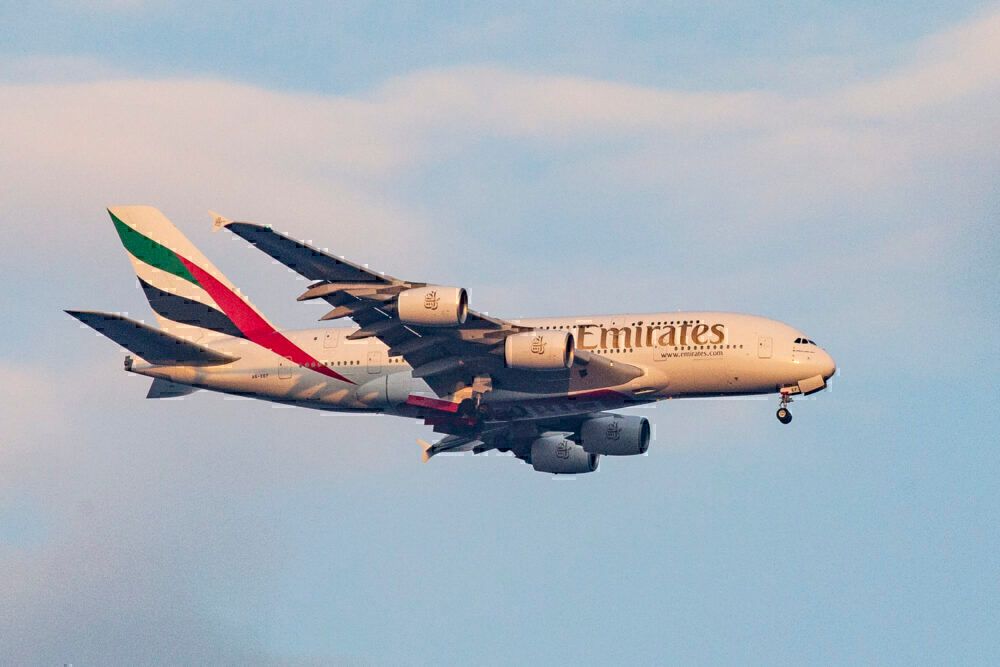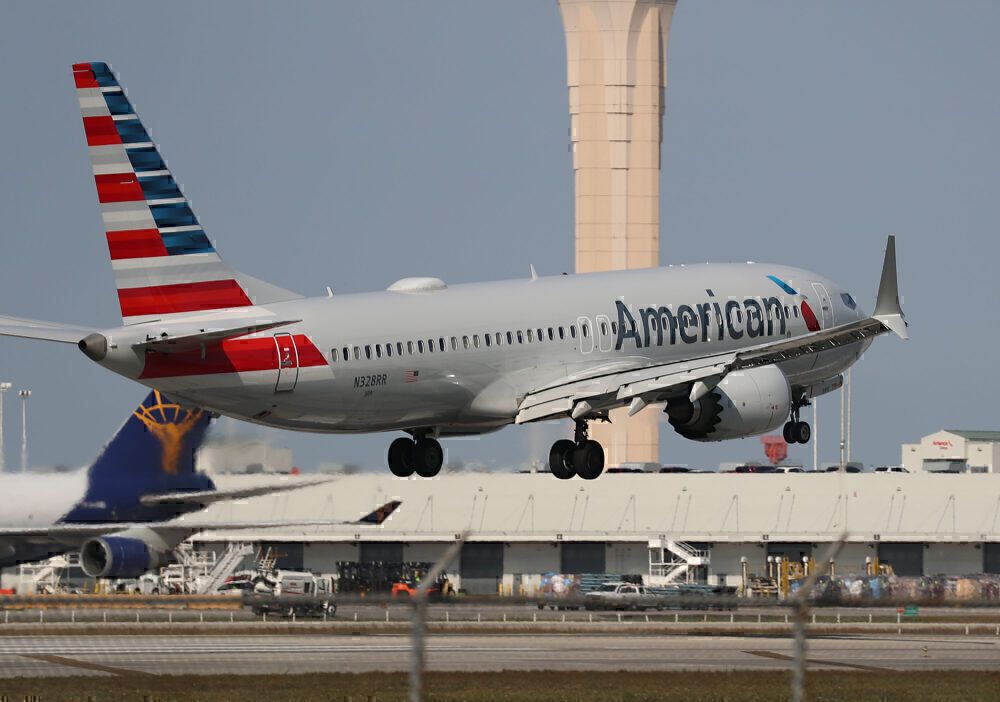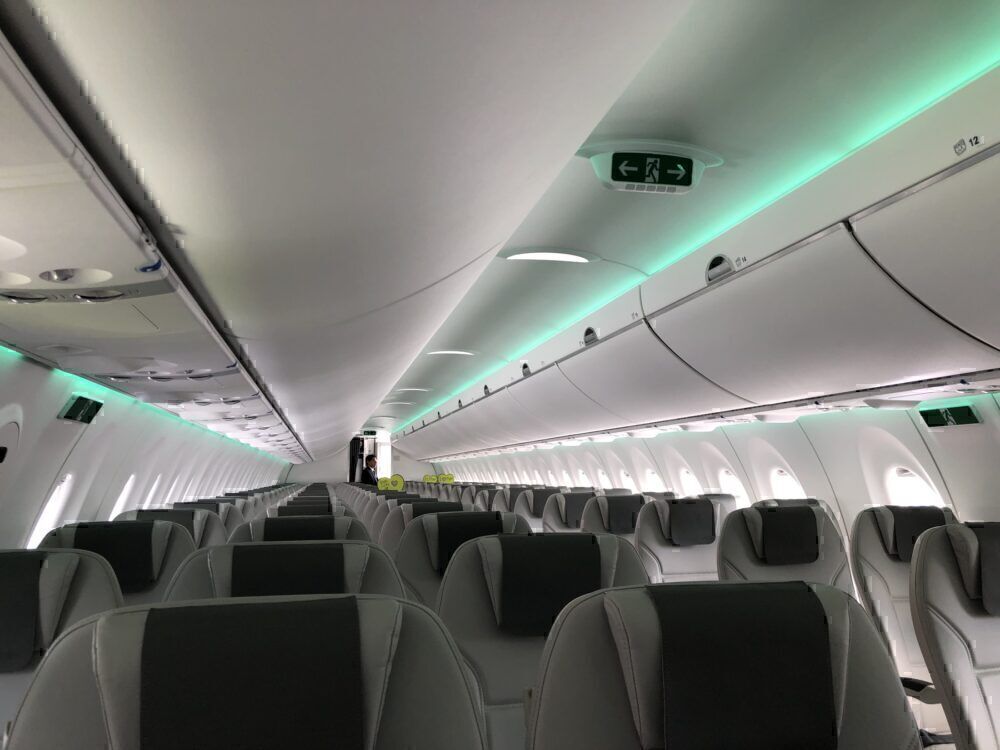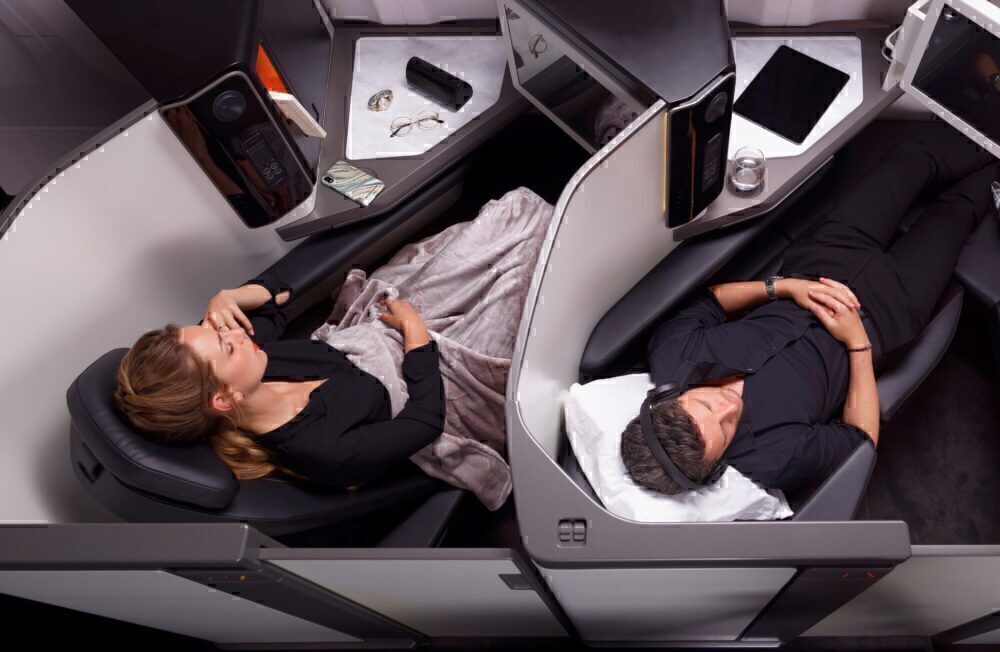**Update: 12/19/20 @ 12:00 UTC - Added information about IndiGo A321XLR order**
Most of us associate long-haul flights with widebody aircraft. Since the introduction of the 747, this has largely been the case. But narrowbody aircraft have long been capable of flying some long distance, and this is increasing in recent years. We are likely to see much more use of narrowbodies on longer routes going forward.
The introduction of more capable narrowbody aircraft, including the Boeing 737 MAX, Airbus A220, and especially the Airbus A321XLR, is certainly a key factor. But when combined with reduced demand and an increased appetite for point to point routes, we could see more airlines looking into this. This article takes a look back at narrowbody long-haul flying to date and how and why it is growing today.
[powerkit_toc title="Table of Contents" depth="2" min_count="4" min_characters="1000"]
Long-haul with a widebody
In the past decades, long-haul flying has mostly been undertaken by larger, widebody aircraft. For clarity, a widebody is defined as having more than one aisle in the main cabin. The introduction of the 747 in 1970 really changed the possibilities and standards of flying. Direct flights were possible to many more locations. And the cabin's size gave airlines plenty of opportunities to offer spacious seating, new classes of travel, and luxurious extras such as bars and lounges.
To a large extent, aircraft development over the next decades kept the same model. The 747 was followed in the long-range market by the 767 and 777, both widebodies. And Airbus launched the dual A330 and A340 widebody program. And in more recent years, they have been joined by widebody A350 and A380 aircraft, and the Boeing 787.
Narrowbodies have always flown long-haul
Longer flights with narrowbody aircraft, however, are nothing new. If we go back to the early days of the jet age, the Boeing 707 was the first truly successful jet aircraft and was a narrowbody. The most sold passenger 707 variant, the 707-320B, offered a standard range of up to 9,300 kilometers.
The 707 was a common sight on transatlantic flights with several airlines. But it also operated some impressive longer flights. In 1967, Iberia and Aerolineas Argentinas operated Madrid to Buenos Aires direct. This was a route just over 10,000 kilometers and set a record for the longest flight at the time of 11 hours and 31 minutes (as recalled in Airways Magazine). This 707 route lasted until the 747SP took it over in 1976.
And El Al operated non-stop from Tel Aviv to New York, at just over 9,100 kilometers.
With the development of the 747 and later widebodies, these early days of long narrowbody flight were largely forgotten. But it has never completely gone away.
While you wouldn’t find an early Boeing 737 on long-haul routes, many narrowbody aircraft have been capable of decent ranges. The 737NG, 757, and A320ceo are all capable of flight times of up eight hours. The 757-200, for example, has a range of up to 7,250 kilometers. The 737-800 (the most sold 737 variant to date) comes in at 5,436 kilometers. And this has developed even further the A320neo and the 737 MAX series.
But this means little if they are not used for longer flights. There are plenty of examples of longer flights with narrowbodies.
The Boeing 757
One of the first modern narrowbodies to start being used extensively for long-haul flights was the Boeing 757. This first flew in 1983 and has been very popular with US airlines for medium and long-haul domestic and regional flights. Once ETOPS rules extended twin-engine operations later in the decade, it started to see use on longer routes, including transatlantic.
American Airlines, United Airlines, and Delta Air Lines have all operated 757 fleets (and with the exception of American, still do). American had the largest fleet (142 aircraft) until 2007, and Delta after that.
Outside the US, Icelandair has also been a significant 757 operator. It operates an all Boeing fleet, with the 757 the main aircraft (18 out of 27 aircraft). The 757 serves European as well as North American destinations. It operates four aging 767s but will remain narrowbody dominated for the foreseeable future, with 737 MAX aircraft on order to replace the 757s. Interestingly, it did have widebody 787s on order in 2005 but dropped this.
The market by 2018
Simple Flying looked in detail at some of the longest 737 flights operating in 2018. Lufthansa’s 737-700 flight from Frankfurt to Pune, India, was the longest, with a flight time of 8 hours and 20 minutes. And Aerolineas Argentinas was operating a MAX 8 for eight hours between Buenos Aires and Punta Cana.
Some wider data from 2018 shows a more complete picture. Statista analyzed the state of narrowbody usage globally and showed the total number of weekly long-haul (greater than 4,500 kilometers) flights using narrowbody aircraft. For airlines, Copa Airlines and United led the way, with 437 and 310 flights per week respectively.
The top countries (ranked by weekly flights) were:
- United States: 668
- Panama: 218
- Russia: 132
- UK: 132
- Ireland: 113
The rise in narrowbody routes seen by 2018 is increasing further these days, with several drivers, including:
- Availability of new aircraft with increased range, especially the A321XLR.
- The 737 MAX returning to service, with large airline orders.
- Huge improvements in narrowbody efficiency.
- A shift to more point to point flight operations.
- Lower demand on many routes as aviation recovers over the coming years..
New long-range, efficient narrowbody aircraft
While the rise of narrowbody routes in the past was due largely to the 757, today there are three new aircraft pushing the possibilities of narrowbodies – the Boeing 737 MAX, the Airbus A220, and above all, the A321XLR.
Boeing 737 MAX
The 737 MAX, of course, has had its problems in 2019 and 2020, but this should change as travel hopefully picks up into 2021. The 737, of course, has improved throughout its long history with several series of aircarft. This has been a key success factor of the aircraft. It has continually evolving in specification, size, and efficiency, but kept commonalities between types.
The 737 MAX has continued these improvements. According to the website The 737 Information Site, there is a 14% improvement in efficiency between the Next Generation and 737 MAX series. The MAX's range has also increased across all variants, making it much more suitable for longer routes. Simple Flying looked in more detail at these differences in a previous article.
The 737 MAX variants offer the following ranges (according to Boeing). For comparison, the most popular 737NG variant, the 737-800, has a range of 5,436 kilometers.
- 737 MAX 7: 7,130 kilometers
- 737 MAX 8: 6,570 kilometers
- 737 MAX 9: 6,570 kilometers
- And the 737 MAX 10: 6,110 kilometers
Despite the groundings of the aircraft and the slowdown in 2020, the 737 MAX remains very popular. As of October 2020, there have been 387 aircraft delivered, and there are 4,102 orders outstanding.
Before its grounding, we saw the 737 MAX on some long routes. Norwegian Air operated some of the longest 737 MAX routes, including Belfast, Dublin, Edinburgh, and Shannon to New York. These are all over 5,000 kilometers. And Aerolineas Argentinas operated the 737 MAX between Buenos Aries and Punta Cana, a route of almost 6,000 kilometers.
Airbus A220
With a range of just over 6,200 kilometers, the A220 comes just short of the 737 MAX. But with a lower capacity and incredible efficiency, it opens up more markets and routes to long-haul narrowbodies.
We have not yet seen this on routes as long as those operated by the 737 MAX or on transatlantic services. US airlines have used it mainly on regional routes, although Delta has operated it between Atlanta and Seattle. And airBaltic has operated it on several longer routes, including between Riga and Abu Dhabi (4,370 kilometers).
Simple Flying looked recently at the possibility of longer and transatlantic routes with the A220. It has received ETOPS 180 approval, and Airbus has announced a boost to the MTOW of the A220-100, potentially increasing the range further. An extended range version could easily fly between London and New York, or further.
Airbus A321XLR
The biggest gamechanger in long-haul widebody flying is likely to be the Airbus A321XLR. This new aircraft is currently expected to enter service by 2023, with production expected to begin in June 2021.
The A321XLR promises a lot. It extends the range up to 8,700 kilometers. And it offers a 30% lower fuel burn per seat compared with previous-generation competitor aircraft. The plane can seat between 175 to 244 passengers, depending on the configuration.
We will have to wait some time to see what routes airlines come up with for the A321XLR. But over 450 A321XLR planes have been ordered so far by 22 airlines and two leasing companies.
The largest order may be coming from IndiGo. It has placed an order for 300 A320neo aircraft. This will include the A321XLR, but it is not confirmed how many yet. AeroTime Hub estimates this could be as much as 70 aircraft.
The largest other orders have been from US airlines (American Airlines and United Airlines have the largest orders, with 50 aircraft each). And sizeable orders from airlines including Qantas, AirAsia, VietJet, Wizz Air, and Air Arabia will spread the aircraft globally.
There are huge route possibilities for the A321XLR. It can, of course, operate transatlantic flights, but it can go much further. It can connect South Asia with Europe, the Middle East with South Africa, or the southern US with North America with Argentina and Chile.
Low-cost airlines, in particular, have many opportunities to expand routes. Just a few examples of some possibilities of the A321XLR include:
- JetBlue is looking at expansion into European markets.
- Vietnamese low-cost airline VietJet is planning to operate Australia services.
- Santiago-based low-cost carrier SKY Airline has ordered 10 aircraft as it plans connections into North America.
- Air Arabia (with 20 aircraft on order) can fly from its main hub at Sharjah International Airport to any destination in Europe and Africa and as far as Seoul in South Korea. And from Casablanca, it can reach all the major cities on America’s east coast.
Shift to lower capacity point to point operations
Of course, it's not just improving aircraft and engine technology that will lead to more narrowbody long-haul routes. Airline economics and operation have shifted in recent years too, and the slowdown experienced in 2020 and beyond will increase this.
Airlines are increasingly moving to point-to-point operations. The case of the A380 is a good example of this. This was envisioned by Airbus as a high capacity aircraft to take on and improve on the Boeing 747. It would be ideal for hub and spoke operations, where passengers are brought together from several destinations to fly high capacity routes from hub airports. It would also help at busy, capacity-constrained airports by maximizing slot usage.
This has not really worked out for the A380. Airlines have shifted more to point-to-point, and with this, smaller aircraft have taken over. Emirates may have made it work well, but others have struggled. With widebodies, the smaller 777 has overtaken the 747 as the most sold to date, and this will go further with the 777X. And Airbus has ended the A380 program and is focussed on the smaller A350.
The situation is going further with a need for lower capacity on many routes. Coming out of the pandemic, airlines are likely to see lower demand on many routes.
If the demand is lower, it will make even more sense to operate lower-cost narrowbodies on routes that can take them. Airlines are also more likely to start testing new routes (several US airlines have been very active at this) as demand and passenger profiles change. Leisure travel will likely come back much faster than business travel in many markets, for example. This, too, will benefit from a lower capacity, cheaper to operate narrowbody. At least until the route is proven ready for a widebody.
Point to point is also likely to become even more appealing, as passengers look to avoid hub airports and connections.
Re-fitting the interior
One of the challenges of operating narrowbodies on longer flights is the smaller cabin space. Passengers are used to the extra space and classes of services possible in a widebody aircraft. It will be hard to replicate this on narrowbodies, but does that matter?
Some passengers, of course, will accept this. Especially if the growing use of efficient narrowbodies also lowers ticket price and increases the choice of routes. And in some cases, they may not be too bad. Even with long-haul flying, not all passengers are enjoying spacious suites and onboard bars. Economy seating gets ever denser. For example, British Airways has recently changed many 777 cabins to 10 across seating, from a 3-3-3 configuration to 3-4-3.
The A220 offers a five across 3-2 configuration. Many would likely prefer those two seats to a middle section of four, even with a bit less legroom.
But changes are also underway to make cabins better. In October 2020 STELIA Aerospace unveiled a new business class product, specifically designed for narrowbody aircraft. The new OPERA seats offer a fully flatbed, large tables and storage space, and an optional privacy door. They are very similar to current long-haul seating, and with 1-1 configuration, likely more private. The seat should be ready early in 2021 and is available for all A320 models, but STELIA identifies the A321XLR as the most likely candidate.
We saw before small aircraft fitted out with all-business-class. La Compagnie did this with the 757 and A321neo and British Airways with the A318 between London City and New York. We could well see something similar, most likely with the smaller A220, but there is nothing lined up yet. But as narrowbody routes expand, it would not be surprising to see this develop.
What do you think of the possibilities for long-haul narrowbody routes going forward? Where else do you think we will see the 737 MAX, A220, and A321XLR expand to? Let us know your thoughts in the comments.

